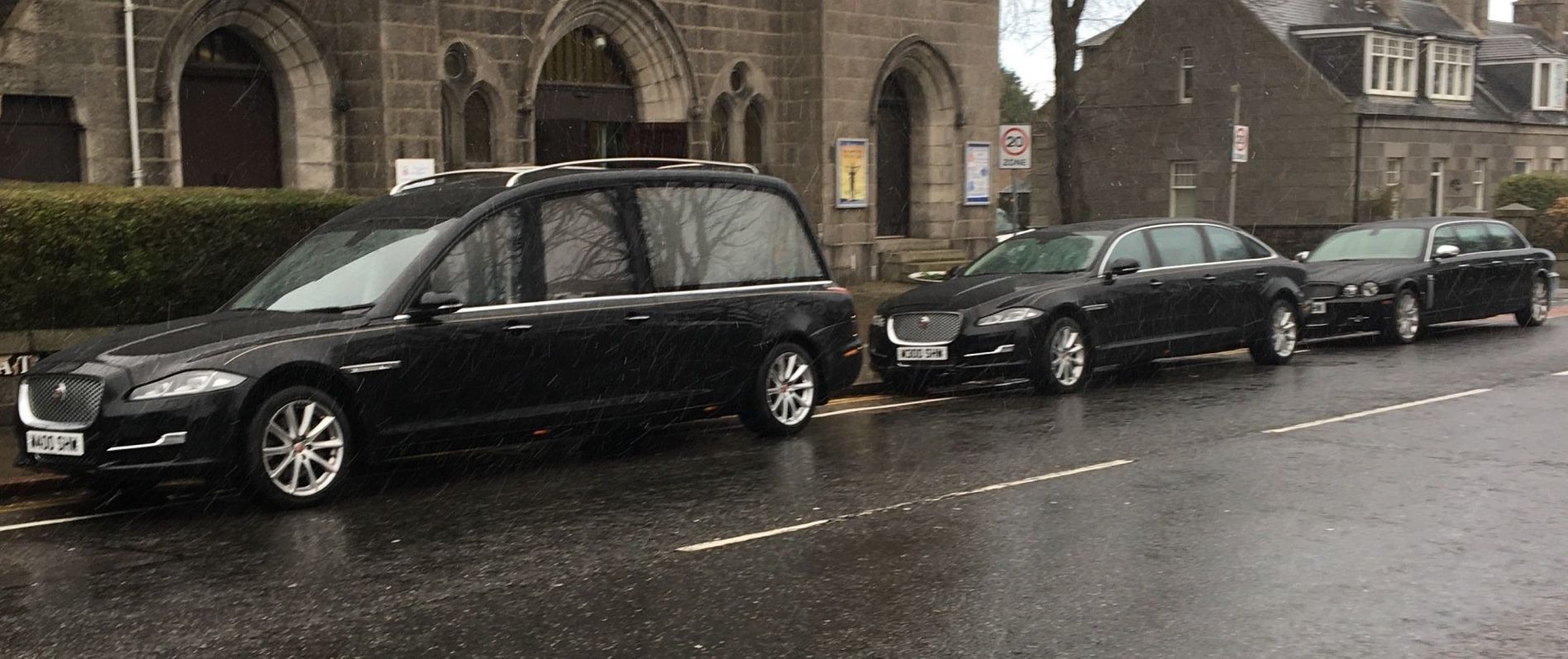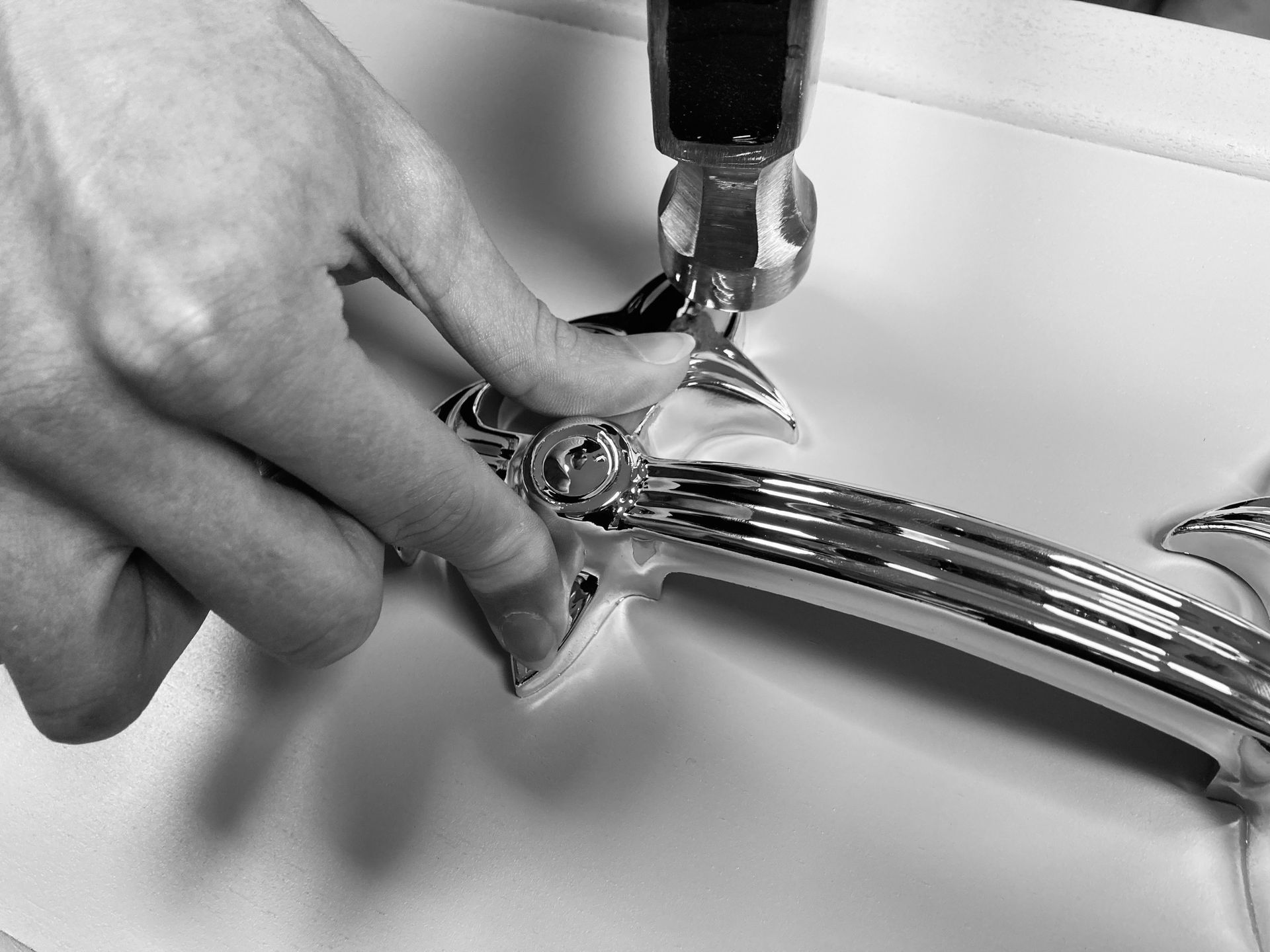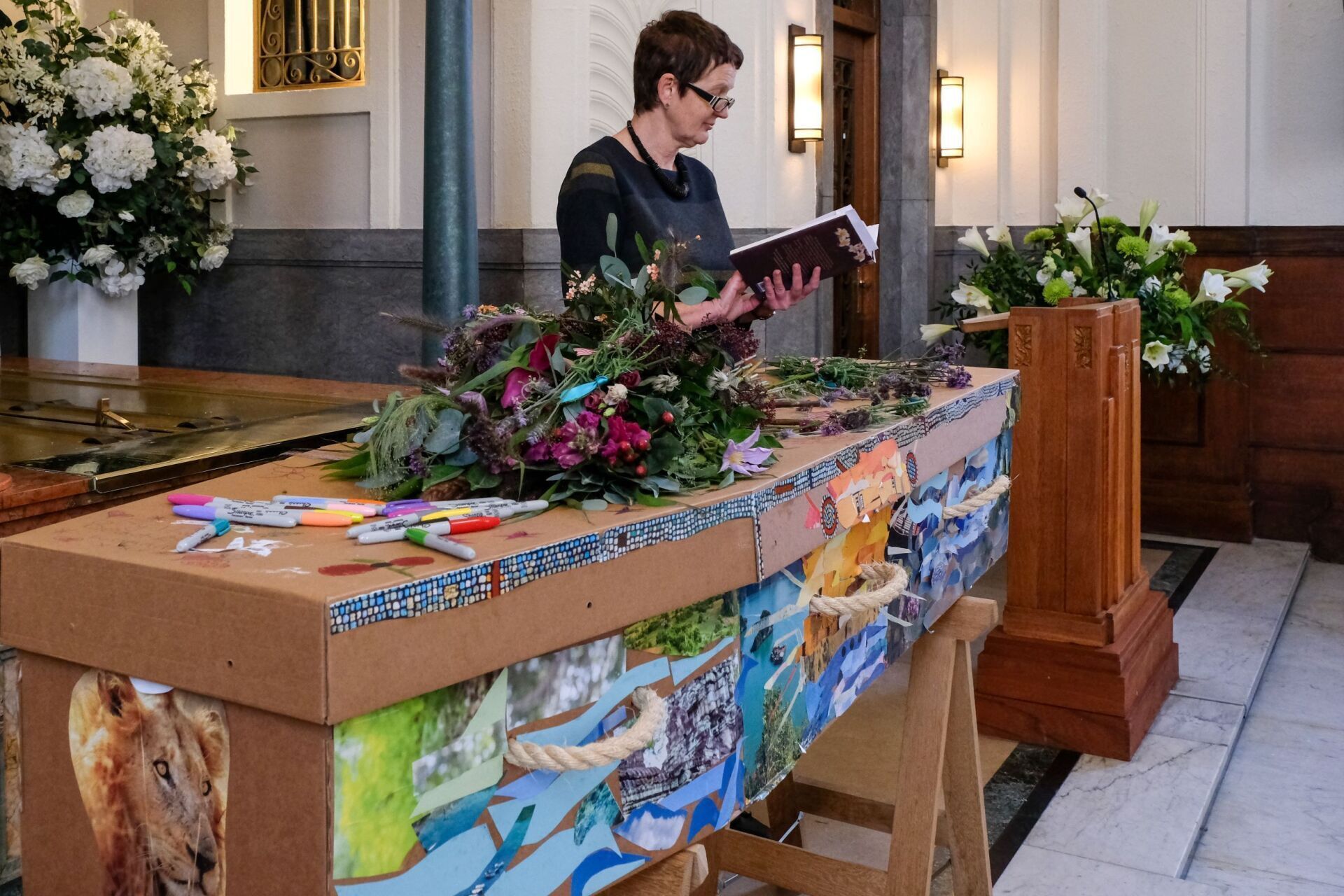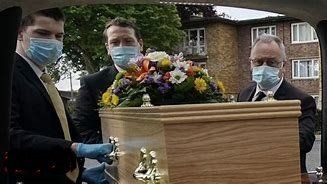What to do with ashes following a cremation?
What choices do you have about someone's cremated remains (ashes) following cremation?

Following a cremation, there is always a choice about what to do with the person’s cremated remains – usually referred to as ashes.
There is no need to make any immediate decision at the time of arranging the funeral. It may be that you are much better placed to make a suitable decision once the funeral is passed and you have time to think about this choice.
Ashes are usually available 24 hours after the cremation time and can be collected by the applicant (or nominated person) either from the crematorium or from our funeral home depending on what has been agreed. They will come in a temporary box or container which is perfectly adequate. However should you wish an urn or scatter tube, we can arrange this for you. We also have a selection of options whether custom made jewellery or small keep sake urns for those who would like to retain a small portion of ashes.
We are often asked about the identity of ashes and how much certainty there is about whose ashes you get back. We have all seen the process of cremation and the identity and care of the ashes can be guaranteed. Each crematorium is subject to inspection by a regulator to ensure that their robust identification processes and being carried out reliably.
For some the decision about ashes will be obvious. Perhaps previous family members have had ashes scattered at the Garden of Remembrance, interred in a family lair or taken to some special place of significance.
Some people may wish to retain ashes at home. There may be a comfort from knowing they can stay with you in the meantime. Some couples may choose that the ashes of whoever dies first will be kept until the death of the other partner so that their ashes can be taken to the same place at the same time.
In Aberdeen, both the Garden of Remembrance at Aberdeen Crematorium, Hazlehead, and the former Kaimhill Crematorium, have maintained gardens where ashes can be taken for scattering. You can do this yourself or with the assistance either of our staff or crematorium staff. If you have no wish to be present during the scattering of ashes, it can be done on your behalf a few days after the cremation. Often families will re-visit these spots at important dates or anniversaries to lay a flower or just to remember. The gardens are always open and you are always free to go to them.
Where ashes are to be interred in a new or existing grave, we need to apply to the relevant burial authority with permission of the lairholder. We can assist you with this, and there will be a fee chargeable by the Local Authority. The interment of ashes will then be recorded against the records for that grave, and if you wish their name can be added to the gravestone.
When you are scattering or interring ashes, there is no need to have any formal ceremony. You may however wish to ask the minister or celebrant who lead the funeral service to be present and say a few words. We can also have one of our own staff join you for the interment and read a short committal or remembrance piece.
For those who are thinking about taking ashes to scatter in other areas, we would always highlight that the land owners permission should be sought. This may be difficult to obtain in some cases. Depending on the location, families may simply choose a quiet time and spot for a discreet scattering of ashes. Please bear in mind however that there is of course no formal record of that the ashes are on that ground, and in the event of any future change to that land such as development or landscaping, you would have no right to raise a concern.
People who have been at sea whether through work or recreation often wish to have their ashes scattered at sea. This can be done from a pier or shoreline, or you may wish to charter a boat which can take you out to sea to do this.
Those wishing to take ashes abroad should ask us to arrange a customs certificate. Ashes can then usually be transported with the customs certificate and a copy of the death certificate as hand luggage. It is advisable to check if your airline will have any specific requirements, or if your country of destination have any local regulations to adhere to.
For those more adventurous, you can have your ashes incorporated into fireworks and you can be part of a bright and colourful display for those who are missing you!
It is not unusual for a family to still have a relatives ashes many years after cremation. While there is no requirement in any way that they be scattered or interred, often it is just a case of never having found the right time, or right location. It can even be that when another family member dies or perhaps a house is sold that family is again faced with the decision as to what to do with ashes. We are happy to help even in such older cases.
Also, remember that regardless of what you do with ashes, you have the opportunity to put an entry in the Book of Remembrance at Aberdeen Crematorium for your loved one. This is arranged if required via bereavement services, or we can assist with it.
For further discussion about your specific wishes, whether following a recent funeral, or perhaps a cremation from sometime ago but where the ashes have still not been dealt with, please let us know how we can help.









